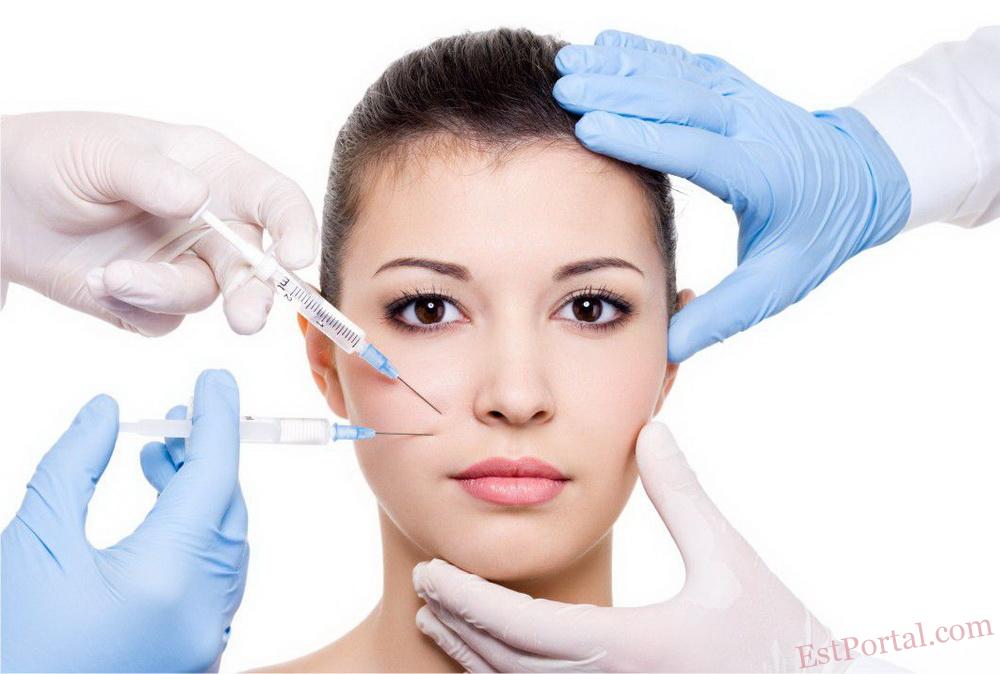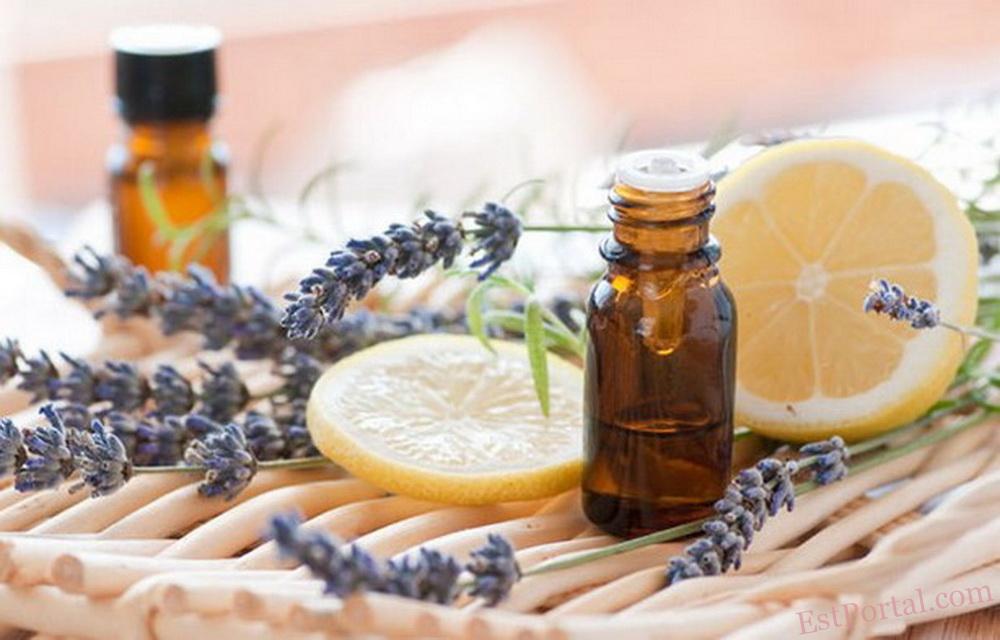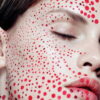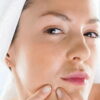
Hyaluronic acid
Hyaluronic acid, which is part of every living organism, plays an important role in maintaining normal water balance in the skin. It is successfully used in medicine as a component of many medicines. However, one of the most interesting scientific breakthroughs in the field of restoring youthfulness of the skin is the cosmetic application of hyaluronic acid.
Functions of hyaluronic acid
Hyaluronic acid primarily supports the amorphous substance of the dermis and the normal level of hydration of the epidermis. The human dermis contains 70%, the epidermis 13%. A hyaluronic acid molecule consists of two parts, one of which attracts and the other repels water. One molecule can hold about 200 to 500 molecules of water. The greater its molecular weight, the more water it can attract. Hyaluronic acid is produced by fibroblasts, the main cellular form of connective tissue. As we age, the activity of fibroblasts decreases and the amount of hyaluronic acid in the dermis decreases, the skin loses water, elasticity and firmness. It is the ability to replenish the amorphous substance in the dermis, to attract water and retain it in the skin that has made hyaluronic acid an integral part of modern cosmetology and aesthetic medicine.
Applications in cosmetology
After the discovery of the valuable properties of hyaluronic acid, it began to be produced from raw materials of animal origin – rooster combs and cartilage tissue of the whale. However, in this case the risk of allergic reactions was quite high, as the composition of the protein fraction in animals and humans is different. Today, hyaluronic acid for the needs of aesthetic medicine is obtained through the fermentation of a special species of streptococci. The manufacturing companies are trying to get close to zero protein content in the substance.
In aesthetic medicine and cosmetology, hyaluronic acid is used to combat age-related changes in the face and body skin, premature ageing, as well as in preparing patients for deep peels, plastic surgery and recovery after them.
Mesotherapy
Mesotherapy uses hyaluronic acid solutions with vitamins and trace elements. The concentration of the substance for injection into the epidermis is less than 0.73%. Higher concentrations of hyaluronic acid are used for injection into the dermis.
Contour plastic
Bound hyaluronic acid with a molecular weight of 4000000 to 6000000 daltons is used in contouring to fill wrinkles and loss of skin volume. The synthesis of hyaluronic acid in the body is accompanied by a breakdown process involving the enzyme hyaluronidase. The bound state (“crosslinking” of the chains of molecules) is necessary to prevent hyaluronidase from quickly recognising and breaking down hyaluronic acid. The preparations are injected into the dermal layer of the skin. The effect of the contouring treatment is maintained for 6-10 months. High-concentration hyaluronic acid products can be used as fillers to correct sunken cheeks, a flattened cheekbone and to give volume to the buttocks, which remain in the body for 12 to 36 months.
Redermalization. Biorevitalization
Unbound hyaluronic acid with a molecular weight of 1000000 to 3000000 dalton is used to replenish the intercellular matrix of the dermis and to stimulate fibroblast activity indirectly, by injection (biorevitalization). However, active stimulation of fibroblasts is not possible without a biologically active ingredient, which is why a new generation of hyaluronic acid is combined with a salt of succinic acid (sodium succinate). Sodium succinate, a natural metabolite, provides a direct effect on fibroblasts, ensures activation of their functions and proliferation, restores weakened functions to dermal cells. As a result, the cells interact more effectively with hyaluronic acid, providing the skin with moisture and elasticity. These products are prescribed in courses, the effect of which increases with each treatment and lasts up to 6 months.
Cosmetic products
Hyaluronic acid is used in emulsions, serums and creams. These products affect the epidermis by actively moisturising, eliminating flakiness and tightness. Serums and gels are used for oily and combination skin, while the thicker creams are suitable for dry skin. Hyaluronic acid formulations in the form of capsules can be combined with iontophoresis or ultrasound. The products are a good complement to injectable products.
Oksana MIROSHNICHENKO – dermatologist of the highest category










